We Ranked Every Single Moon in Our Solar System

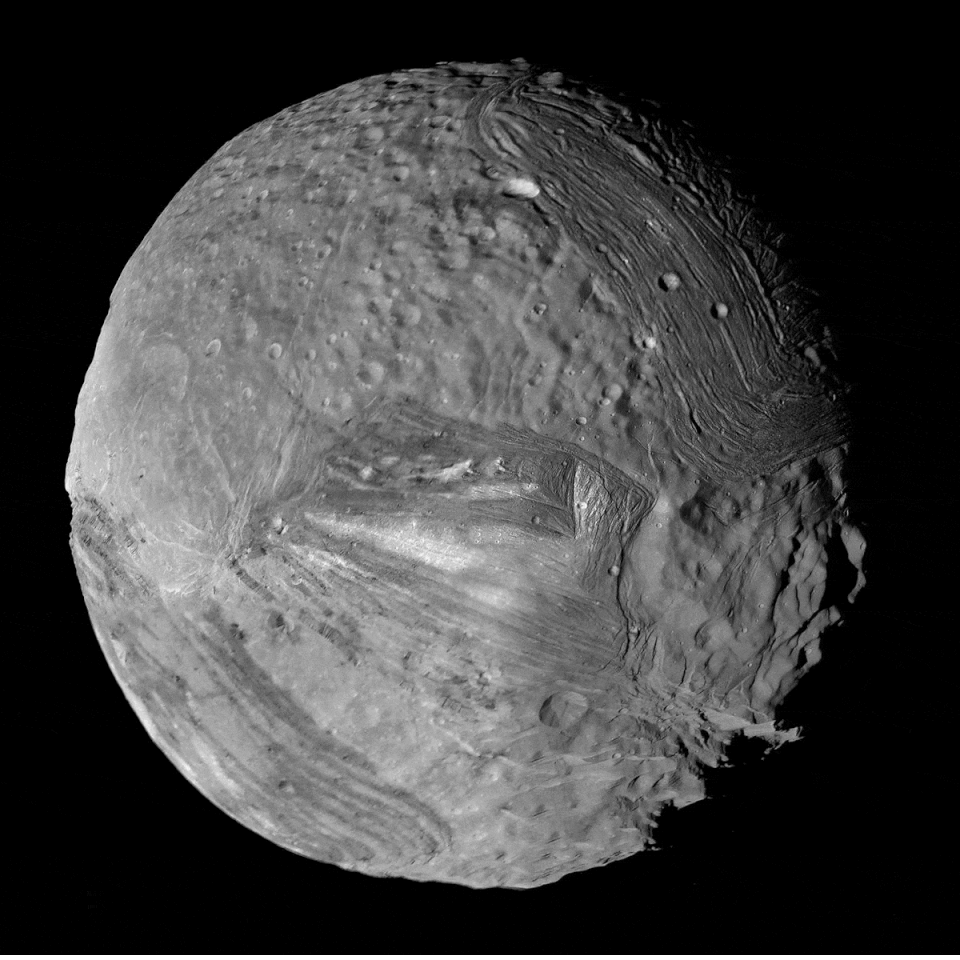
Here, we present our entire ranking of confirmed moons in the solar system. If you want to see the top 26, click right here.
According to NASA's website, there are over 200 moons in the solar system: confirmed moons and provision moons—ones we suspect may be there or have spotted once but haven't yet confirmed. For this ranking, we've included all confirmed moons and a few "bonus" moons. As our ability to view the cosmos becomes more sophisticated, we'll certainly spot more moons orbiting our solar system's distant planets—and we'll rank them accordingly.
Moons are far from simple celestial objects, so before we dive in, here are a few helpful definitions to guide you along your cosmic journey:
Prograde: A moon that orbits its object in the same direction as that object's rotation.
Retrograde: A moon that orbits its object in the opposite direction of that object's rotation.
Regular: These moons have relatively small orbits, which are often circular and roughly hover along the parent object's equatorial plane. These moons likely formed alongside their parent body, accreting material as they zipped along their early orbits.
Irregular: Irregular moons often have large, eccentric orbits that don't neatly circle the object's equator. Most irregular moons are thought to be "captured," meaning that got tangled up in the orbits of the larger body and stayed there.
Eccentricity: Objects with a more circular orbit have an eccentricity closer to 0.0. Objects with a more elliptical orbit have an eccentricity closer to 1.0.

Jupiter: Himalia Group
Researchers believe that Himalia and its compatriots are remnant junks of an asteroid. Fun fact: Satellites with prograde orbits typically have names names that end in "a."
Orbit: Prograde, Irregular
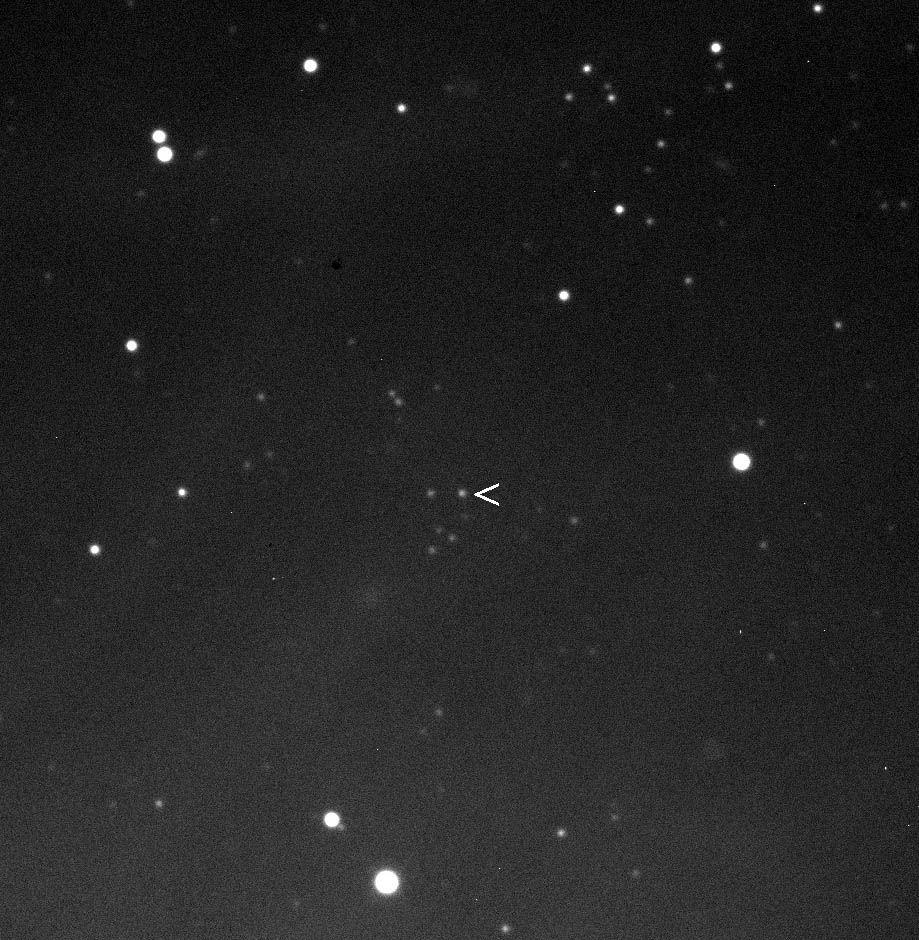
164. Dia
163. Pandia
162. Ersa
161. Leda
160. Lysithea
159. Elara
158. Himalia
Jupiter: Pasiphae Group
Jupiter's Pasiphae Group has a similar origin story to others in the solar system. The tiny satellites are likely fragments of the larger captured moon Pasiphae. Fun fact: Satellites with retrograde orbits typically have names names that end in "e."
Orbit: Retrograde, Irregular

157. Philophrosyne
156. Megaclite
155. Autonoe
154 . Sponde
153. Hegemone
152. Pasiphae
151. Cyllene
150. Kore
149. Eurydome
148. Callirrhoe
147. Aoede
146. Sinope
Saturn: Gallic Group
Astronomers believe that the moons share a common origin and were likely captured by the ring planet instead of formed from accreted dust.
Orbit: Prograde, Irregular

145. Bebhionn
144. Albiorix
143. Erriapus
142. Tarvos
Uranus: Irregular Group
Uranus' Ferdinand or Irregular Group consists of 9 different moons, which planetary scientists believe have the same origin.
Orbit: Retrograde, Irregular
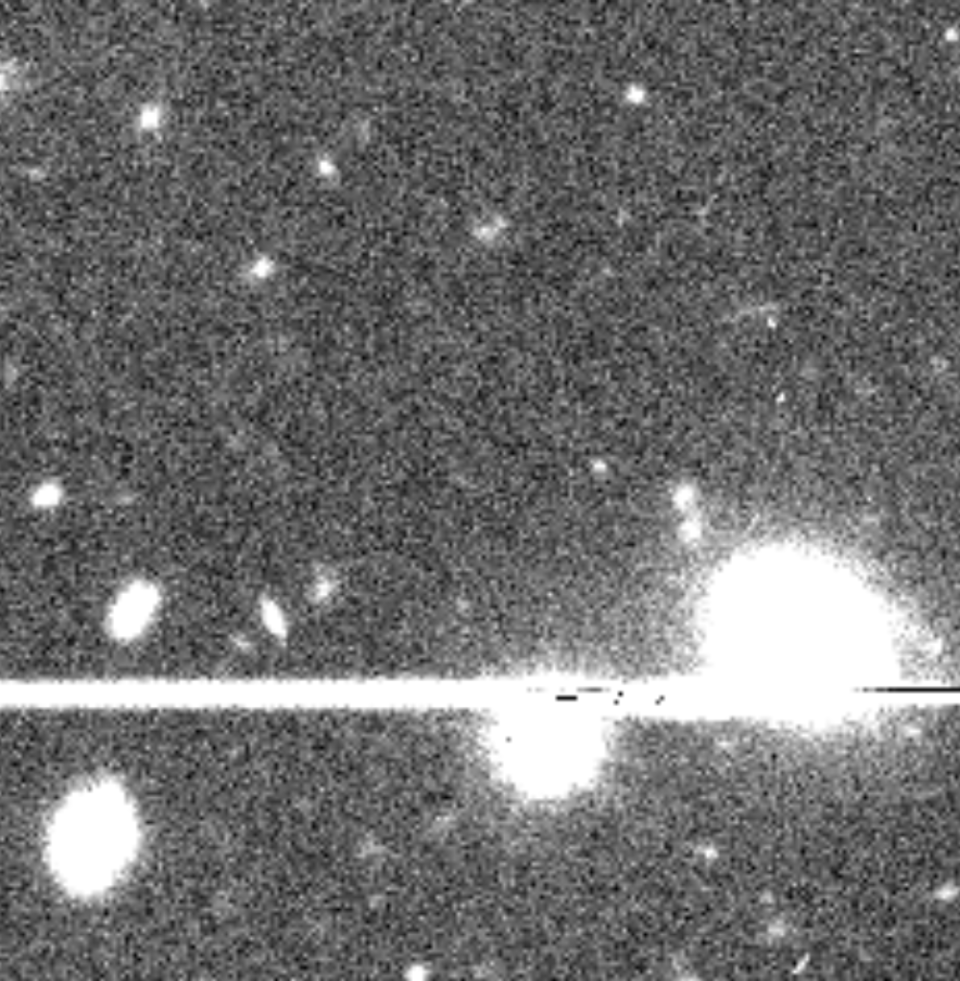
141. Ferdinand
140. Setebos
139. Prospero
138. Sycorax
137. Trinculo
136. Stephano
135. Caliban
134. Francisco
133. Margaret
Margaret is the only prograde irregular moon of Uranus.
Jupiter: Ananke Group
The Ananke group consists of 16 moons, 15 of which are likely fragments of the captured satellite Ananke, which experienced a catastrophic impact. The name Ananke comes from ancient Greek literature and represents the personification of fate or necessity, who rewards or punishes people for their deeds, according to NASA.
Orbit: Retrograde, Irregular
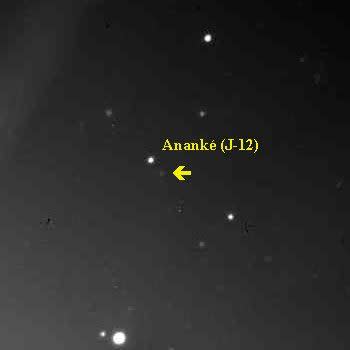
132. Eupheme
131. Thyone
130. Thelxinoe
129. Praxidike
128. Orthosie
127. Mneme
126. Iocaste
125. Hermippe
124. Helike
123. Harpalyke
122. Euporie
121. Euanthe
120. Ananke
Saturn: Norse Group
Saturn's Norse Group is its largest group of moons, consisting of 46 irregular satellites.
Orbit: Retrograde, Irregular
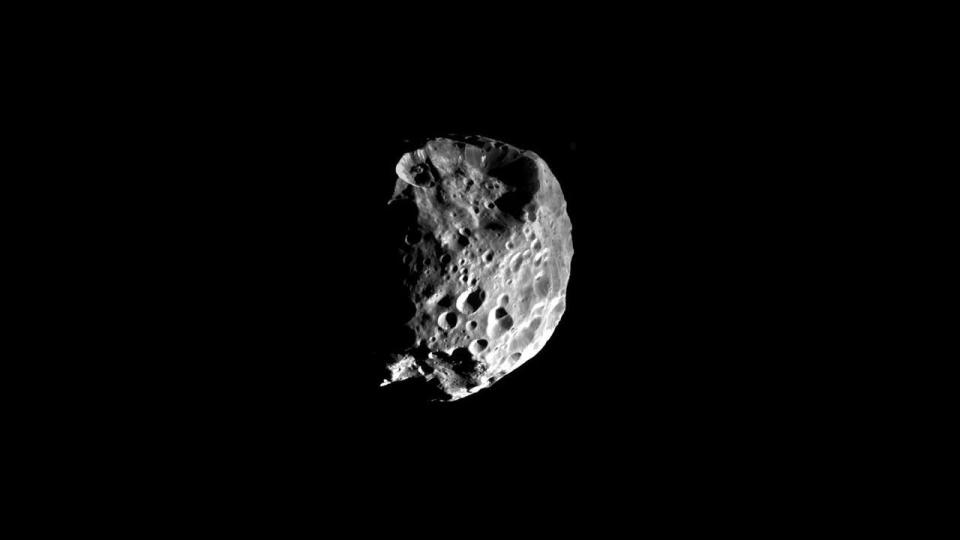
119. Fornjot
118. Loge
117. Ymir
116. Kari
115. Surtur
114. Fenrir
113. Bestla
112. Aegir
111. Thrymr
110. Farbauti
109. Hati
108. Suttungr
107. Narvi
106. Bergelmir
105. Mundilfari
104. Jarnsaxa
103. Hyrrokkin
102. Greip
101. Skoll
100. Skathi
Jupiter: Carme Group
Jupiter's Carme Group, a collection of 13 moons, also likely formed from a catastrophic impact in the planet's orbit.
Orbit: Retrograde, Irregular
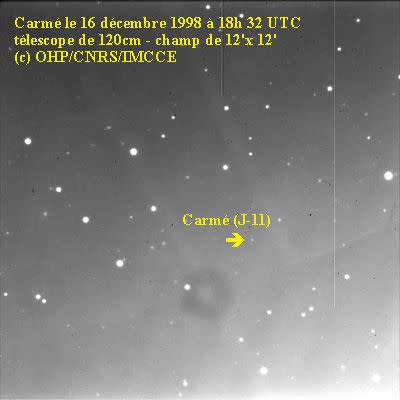
99. (Come on,) Eirene
98. Isonoe
97. Arche
96. Eukelade
95. Pasithee
94. Carme
93. Kalyke
92. Kallichore
91. Erinome
90. Chaldene
89. Taygete
88. Aitne
87. Herse
Neptune
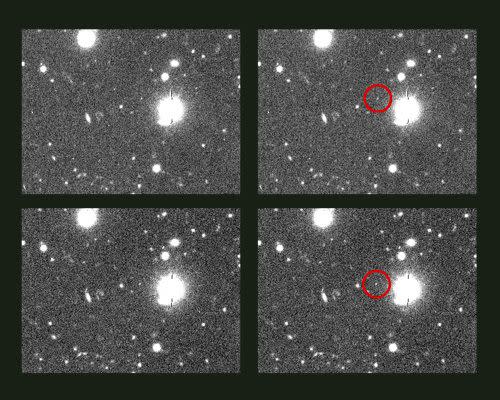
Irregular
This odd gaggle of irregular moons also includes Triton (4), Nereid (46), and Neso (43).
Orbit: Varied
86. Sao
85. Laomedeia
84. Psamathe
83. Halimede
Regular
Naiad (23), Thalassa (22), Larissa (33), Hippocamp (28) and Proteus (30) all fall within Neptune's Regular Moon group.
Orbit: Varied
82. Despina
81. Galatea
Saturn: Inuit Group
Moons of the Inuit group, likely captured asteroid fragments, got their name from Michael Arvaarluk Kusugak, an acclaimed Inuit children's book author.
Orbit: Prograde, Irregular

80. Tarqeq
79. Siarnaq
78. Paaliaq
77. Ijiraq
76. Kiviuq
Jupiter: Amalthea Group
The Almathea Group is a collection of oddly shaped objects in Jupiter's orbit. Two moons from this group, Amalthea (41) and Thebe, provide material for Jupiter's Gossamer ring.
Orbit: Prograde, Regular

75. Adrastea
74. Metis
73. Thebe
Uranus: Inner Moon Group
"Truly, the moon shines with a good grace," Shakespeare wrote in his play, A Midsummer Night's Dream. These moons of Uranus are named after the playwrights' many colorful characters. Ten of Uranus' inner moons (62 - 71) were discovered by Voyager 2 in 1986.
Orbit: Varied

72. Perdita
(No, we're not talking about the jerk cat.)
71. Cupid
70. Belinda
69. Rosalind
68. Portia
67. Juliet
66. Desdemona
65. Cressida
64. Ophelia
63. Cordelia
62. Bianca
61. Puck
60. Mab
The drably named inner moon of Uranus has its very own ring, planetary scientist Mark Hofstadter of NASA's Jet Propulsion Laboratory tells Popular Mechanics. “We don't understand how this ring gets created from a small, tiny moon like this.”
Jupiter
Both Carpo and Themisto belong to their own groups within Jupiter's orbit.
Orbit: Prograde, Irregular
59. Carpo
58. Themisto
Saturn: Bonus Moons
These two groups include the Trojan moons of Tethys (Telesto and Calypso) and Dione (Helene and Polydeuces) as well as the Alkyonides, Pallene and Anthe.
Orbit: Varied
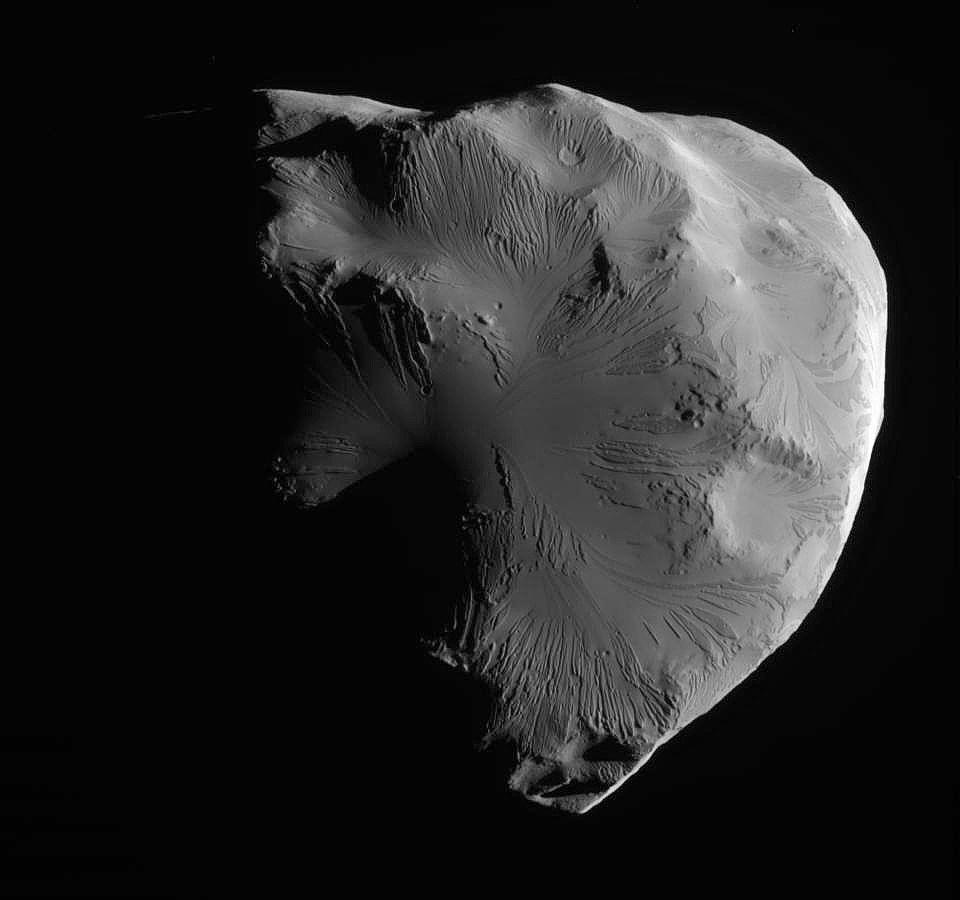
57. Anthe
56. Pallene
55. Calypso
54. Telesto
53. Polydeuces
52. Helene
51. Aegaeon
You Might Also Like

